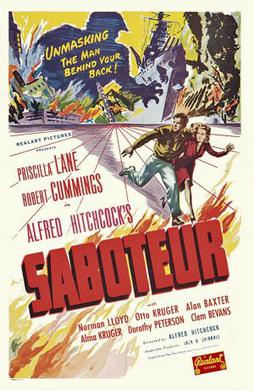 |
| Gladys George and James Cagney in The Roaring Twenties |
The Roaring Twenties feels like a kind of valedictory to the golden age of Warner Bros. gangster movies, featuring as it does such specialists in the genre as James Cagney, Humphrey Bogart, and the always welcome tough dame Gladys George. But they're not quite enough to overcome the presence of the inexplicable Priscilla Lane and the charisma-free Jeffrey Lynn, or the dogged hectoring of the voiceover narration. The movie seems out to prove that gangsterism didn't exist before Prohibition and that it disappeared magically once it was repealed. There are some good moments of action, but they're overwhelmed by the repetitions of such tired oldies as "Melancholy Baby" and "It Had to Be You," both on the soundtrack and sung (blandly) by Lane. The story is the old one of three guys who meet in a foxhole in World War I, then have trouble adjusting to civilian life. We know that Bogart's George Hally and Lynn's Lloyd Hart are going to go in opposite directions when, just on the brink of the armistice, Hart holds off on shooting a German he has in his sights because "he looks like a kid, about 15 years old," whereupon Hally picks the German off and sneers, "He won't be 16." Cagney has a more complex role, as Eddie Bartlett, a mechanic who can't find work and gradually shifts into bootlegging, teaming up with Hally, but falling in love with the virtuous Jean Sherman, who eventually marries Hart, now a lawyer. After helping Bartlett with the legal end of his illegal business, Hart goes straight and joins the district attorney's office, leading to threats from Hally to keep him quiet. It's the Cagney-Lane-Lynn love triangle that mostly drags the picture down.

